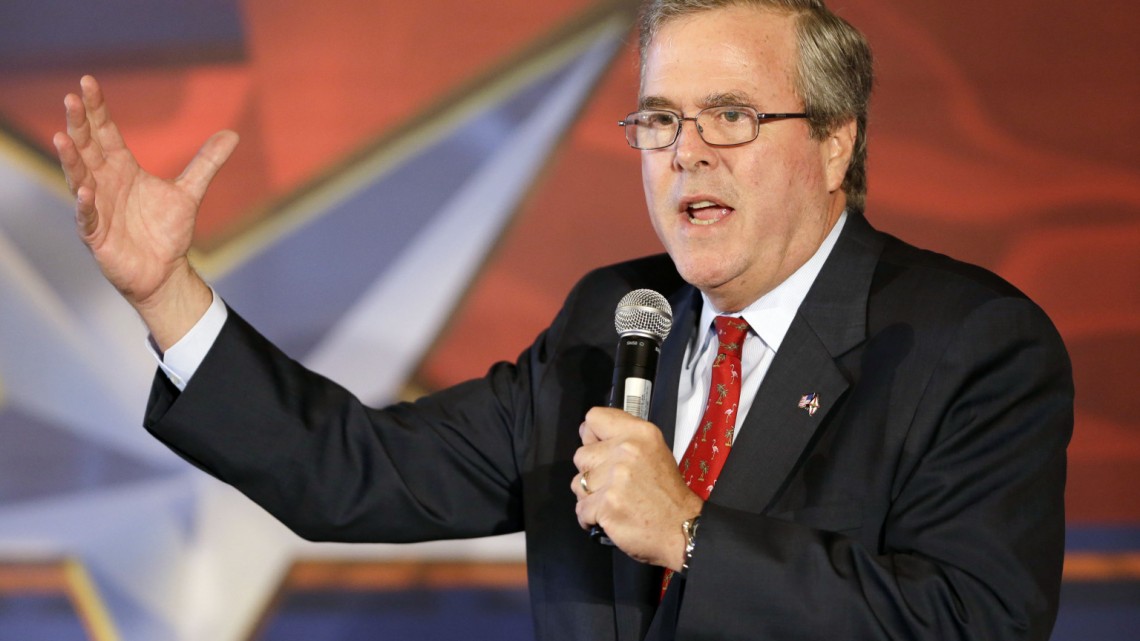Bush Would Move Interior Department HQ To The West
By Scott Sonner
RENO, Nev. (AP) — Jeb Bush said Wednesday that he would rein in regulation at the Interior Department as president and try to move its headquarters from Washington, D.C., to the West, home to 90 percent of federally owned land.
“There is a tradition of having a secretary from the West,” the former Florida governor said at a discussion organized by his presidential campaign. “But the folks that actually do the work … all live in Maryland, Virginia and Washington, D.C., and I think they ought to be living out amongst us.”
The proposal was part of Bush’s land and resource management plan, which is aimed at building consensus between federal, state and local governments.
Bush didn’t say in his speech where he would locate the headquarters, although an outline suggested his proposed agency would do a better job of keeping in touch with the people it serves if it was based in a place like Denver, Salt Lake City or Reno. The West is home to 90 percent of the federal government’s nearly 1 million square miles of land.
The Denver-based Center for Western Priorities, a nonpartisan conservation group led in large part by moderate Democrats, was unimpressed.
“Considering that 93 percent of the Interior Department’s employees —67,000 out of 72,000 — already work in state and field offices outside of Washington, D.C., the proposal to move the department out West is a solution in search of a problem,” said Jennifer Rokala, the group’s executive director. “Thousands of dedicated park rangers, scientists, and engineers currently work on behalf of the American people in regional offices, from Reno to Denver to Salt Lake City.”
Bush says federal land management under President Barack Obama has been characterized by restrictive regulations, more land use constraints and more land acquisition by the government.
“This relentless overregulation has undermined the trust between western communities and the federal government,” he said.
Bush said it made sense to unveil his plan in Nevada, an early-caucusing political battleground where more than 85 percent of the land is managed by the federal government. Nevada is the biggest gold-mining state in the nation and home to ranching communities that graze their livestock on public lands. Both of those groups are concerned about federal attempts to protect greater sage grouse.
Interior Secretary Sally Jewell recently decided against listing the bird as threatened or endangered. But critics say the Obama administration is pursuing other protective measures that could prove just as disruptive to western rural economies.
Bush said his plan would steer money currently used to make new federal land acquisitions, designate new national monuments and wilderness toward a $11.5 billion backlog in maintenance and improvements at national parks across the country. He said he would adopt a “states-first wildlife policy — a policy that allows states to implement their own plans for restoring and protecting the species.”
“People in their own communities actually care about their communities more than someone that is removed … 3,000 miles away,” he said. “That process is going to yield a better result than sitting up on Mt. Washington and throwing down lightning bolts at you all.”
[livemarket market_name="KONK Life LiveMarket" limit=3 category=“” show_signup=0 show_more=0]



No Comment